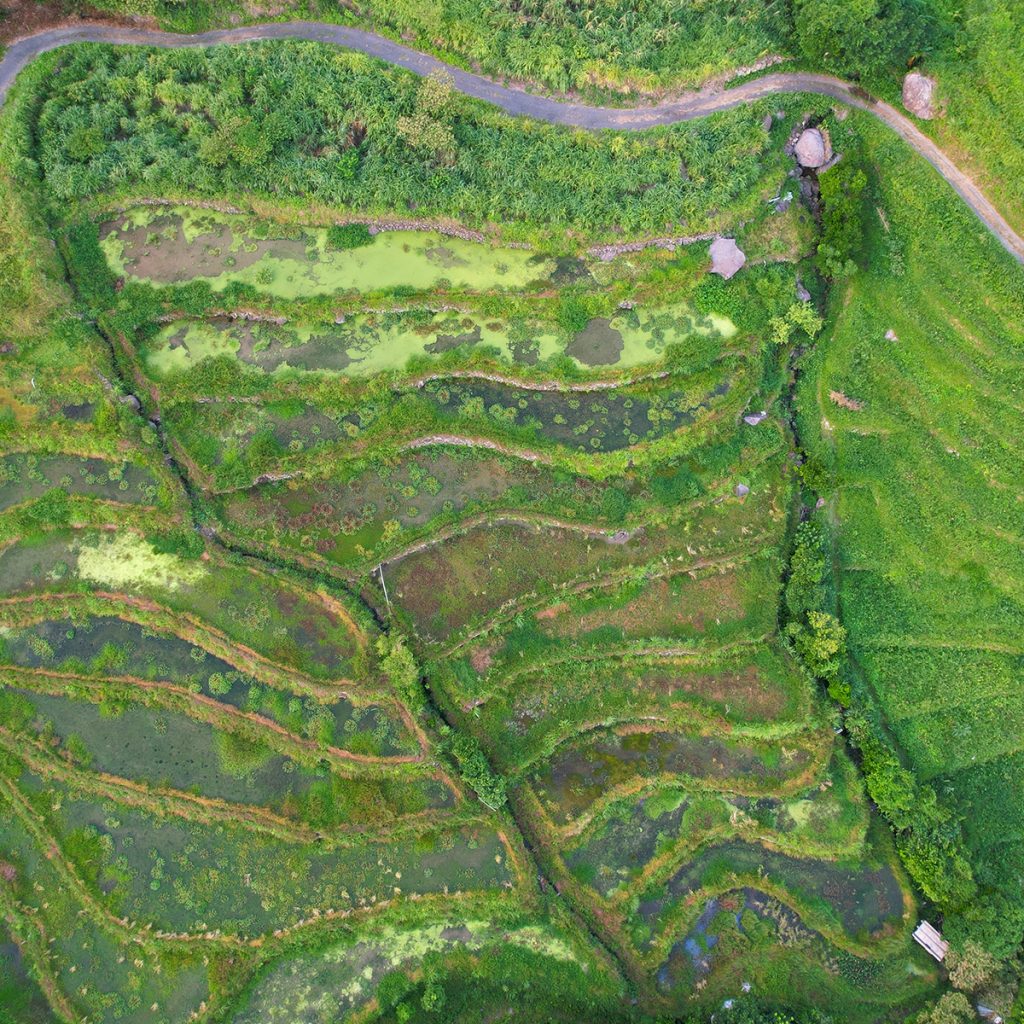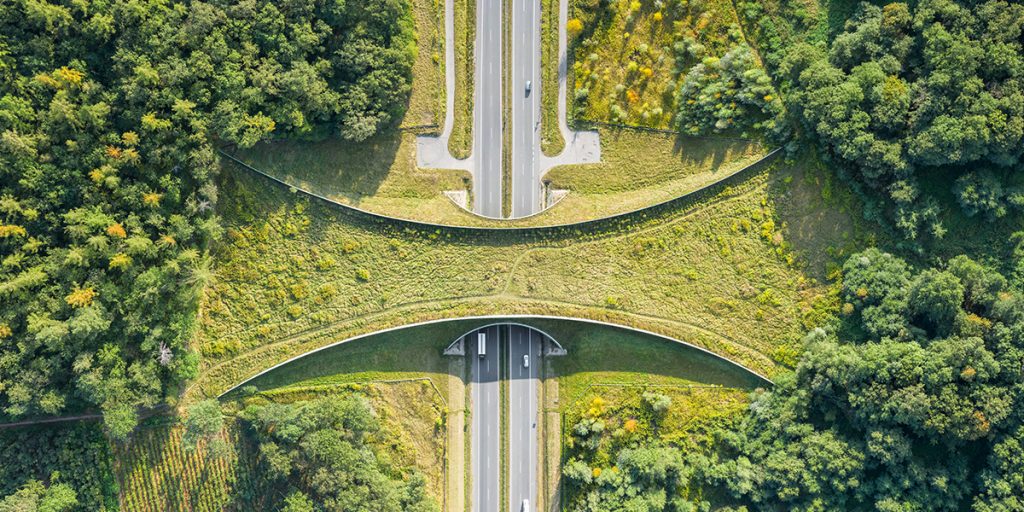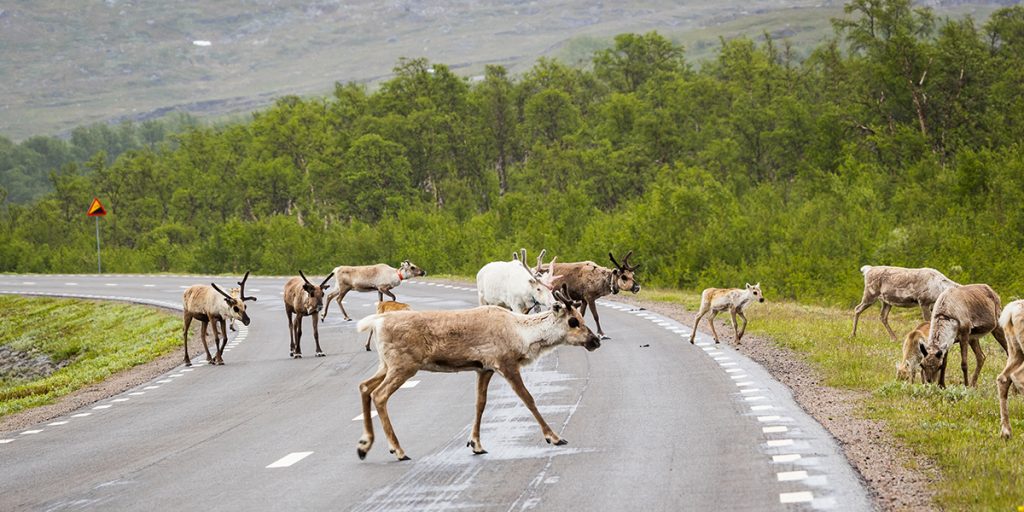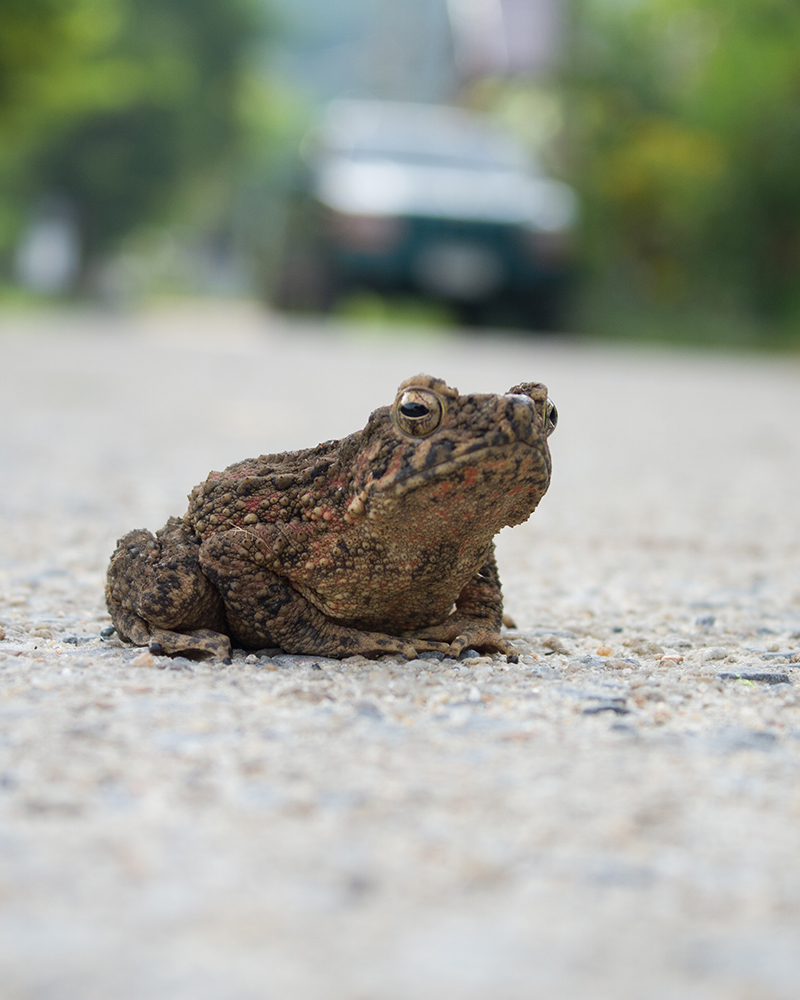
The road network that extends throughout the planet attests to the parameters of our existence and reflects the evolution of our way of living. Nearly 65 million kilometers of roads criss-cross the planet, running through plains and forests, and crossing mountains, rivers and sometimes even the sea. Although some have been with us for millennia, they have become a key part of modern life. Now, road ecology asks what impact they have had (and could have) on the world around us. And, above all, it asks how we could alleviate the most negative effects.
It is about understanding the impact of these infrastructures on wild ecosystems, which ranges from animal accidents on rural roads to the effect that construction materials can have on water reserves. The objective is to detect the inconveniences that these infrastructures may cause in these environments, to try to correct them through creativity and the search for innovative solutions.
Schrödinger’s Highway
The effects of human infrastructure take many forms. They are, a bit, like that quantum paradox that states that what is observed is irremediably influenced by the presence of the observer. The mere physical presence of a road will have certain consequences on the environment that surrounds it. It will influence, for example, the hydrology of the place, diverting water flows through ditches and altering the course of the streams that it crosses on its way. It could also break up the natural habitat of some animals or cause the introduction of an invasive species into an ecosystem that is not prepared for it.
Like any external element, human infrastructure (including roads) has effects on the environmental equilibrium. This is not a modern phenomenon. The Via Cassia, built in 100 BC by the Romans across the Etruria region from Rome, was already releasing sediment into the waters of Lago di Monterosi shortly after its completion.

Road ecology
Fortunately, the study of road ecology could also serve to identify solutions to the problems caused by human infrastructure. Knowing the impact that a road has on what is around it allows us to mitigate its effects.
Thus, the information that can be obtained from roads when they are studied from the perspective of road ecology can be used to think about one of the factors that most determine their impact: their location. Through the study of geography, hydrography and the presence of plants and animals, it is possible to search for locations that minimize the environmental impact of a road.


At the same time, the actual road construction can be used to protect the surrounding ecosystems. This is the idea behind the construction of level crossings for animals and insects. A notion that has already been put into practice. This is the case of the Long Point nature reserve in Canada. A road that runs through Long Point, located next to Lake Eerie, occupied, for many years, one of the top positions in the ranking of most dangerous roads for turtles. Given the high mortality, the region’s authorities prepared a plan that included the construction of miniature tunnels for turtles and small animals, as well as a fencing system that would keep them off entire stretches of road. They managed to reduce the number of turtles entering the road by 89%.
Another example of a successful intervention on a road to reduce the mortality of an animal species can be found in South Africa. There, on the roads of the Kruger National Park, they recorded a very high mortality rate among Western Leopard toads. In view of the problem, they decided to implement a system that allowed drivers to document road accidents involving animals. With this information, the authorities identified those points where amphibian mortality was highest and were able to fence them so that the toads could not pass. The result has been a considerable decrease in the number of toads that get run over.
Another example that combines the search for greater safety for animals around roads with the protection of their ecosystems are green bridges. This type of infrastructure extends the native vegetation across the bridge itself and integrates human constructions into the ecosystem that surrounds them. One example is the Groene Woud ecoduct in The Netherlands. This bridge, in addition to vegetation, incorporates into its design a series of lagoons around it that provide sustenance for the amphibian species in the area.